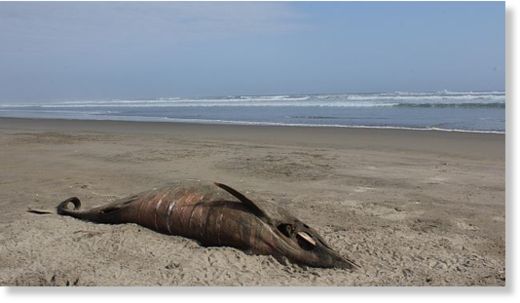OF THE
TIMES
Briefly stated, the Gell-Mann Amnesia effect is as follows. You open the newspaper to an article on some subject you know well... You read the article and see the journalist has absolutely no understanding of either the facts or the issues. Often, the article is so wrong it actually presents the story backward—reversing cause and effect...
In any case, you read with exasperation or amusement the multiple errors in a story, and then turn the page to national or international affairs, and read as if the rest of the newspaper was somehow more accurate about Palestine than the baloney you just read. You turn the page, and forget what you know.
I am reminded of this first part documentary presentation by Andrew MacFarlane, he promised a second part, one wonders, if he has come up against...
I am reminded of this first part documentary presentation by Andrew MacFarlane, he promised a second part, one wonders, if he has come up against...
You will never see a letter from the occupied country of Palestine as to their full arrogant intent to bomb the Iranian embassy in Damascus in the...
"Die Schweizer sind reich, aber auch unheilbar dumm" ‒ Eine Ukrainerin über ihren Alltag in Zürich [Link]
Though some(or all) of this be true; I've been reading Snyder's stuff for over a year now. And, I've found him to be a real 'doom and gloomer',...
To submit an article for publication, see our Submission Guidelines
Reader comments do not necessarily reflect the views of the volunteers, editors, and directors of SOTT.net or the Quantum Future Group.
Some icons on this site were created by: Afterglow, Aha-Soft, AntialiasFactory, artdesigner.lv, Artura, DailyOverview, Everaldo, GraphicsFuel, IconFactory, Iconka, IconShock, Icons-Land, i-love-icons, KDE-look.org, Klukeart, mugenb16, Map Icons Collection, PetshopBoxStudio, VisualPharm, wbeiruti, WebIconset
Powered by PikaJS 🐁 and In·Site
Original content © 2002-2024 by Sott.net/Signs of the Times. See: FAIR USE NOTICE

Reader Comments
to our Newsletter